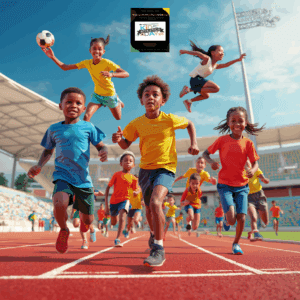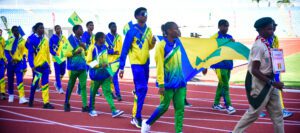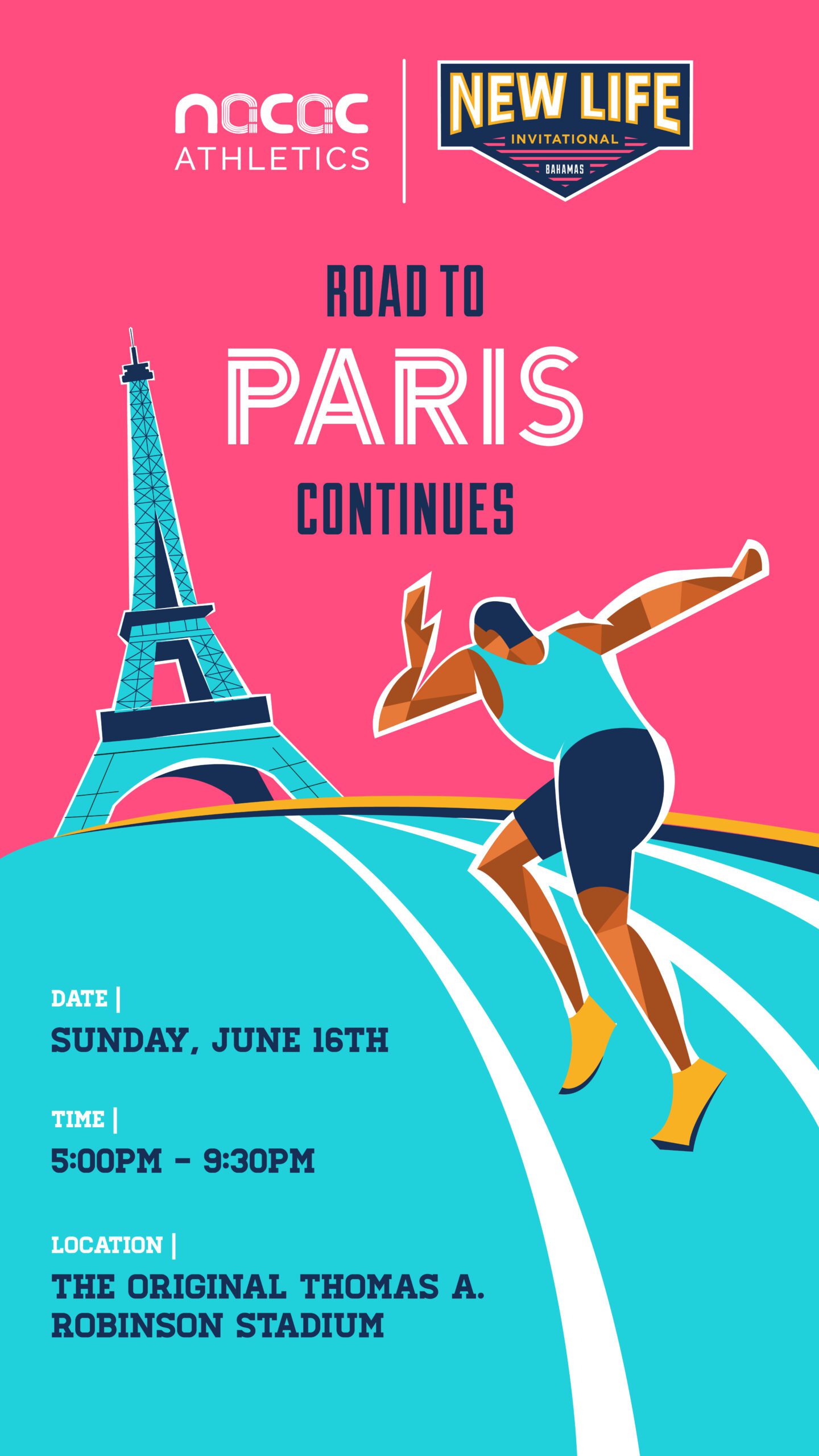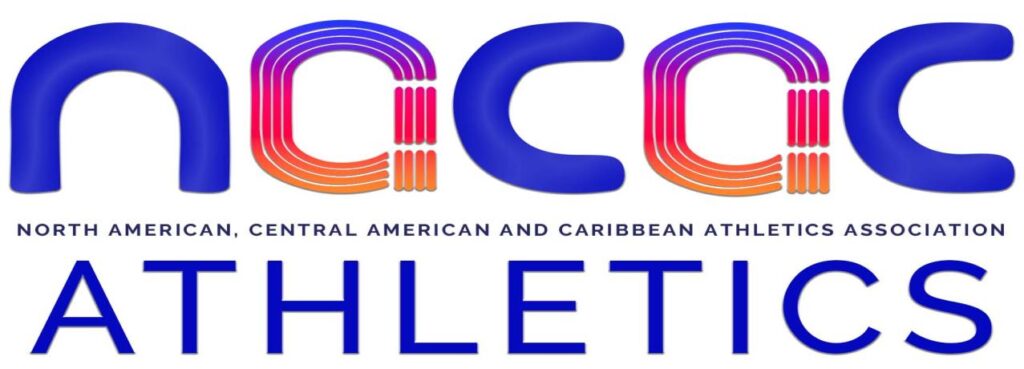The Changing Face Of The Commonwealth Games
The Vincentian team to the 20th edition of the quadrennial Commonwealth Games in Birmingham, England, a mere few weeks ago, consisted of the sports of Athletics, Cycling, Swimming, Squash and Table Tennis.
The team was a mix of youth and senior athletes.
The team did not win any medals but some athletes attained personal best performances. This was especially the case for the swimmers, most of whom are still very young. However, there are some important lessons that the Vincentian delegation must learn from their experiences in Birmingham and the changing global sports environment.
The Friendly Games
The Commonwealth Games has long been labelled, ‘The Friendly Games’. This was an approach that was intended to have the event seen as significantly different from other multi-sport Games around the world.
Having started in 1930, the Commonwealth Games were distinguished from the Olympic Games in a number of ways that allowed, over time, for them to be genuinely considered as the friendly edition of multi-sport events.
Perhaps too, it may also have been a way to keep the concept of the British Empire alive, hoping, perhaps, that the colonial ethos would be sustained through sport.
The colonial legacy appeared to have coloured the Games and especially the sport programme. Over time, however, the changes impacting the struggles against colonialism may have been the driving force that led to the change of name of the event until it became known simply as the Commonwealth Games.
In the more recent past, there have been several attempts at changing the image of the Games even further.
Some have sought by deliberate strategy, to encourage a shift in perspective towards truth and reconciliation amongst the members of the Commonwealth Games Federation (CGF) through sport.
Truth and reconciliation were seen as fundamental to meaningful change such that the members of the CGF could feel that the concept of ‘friendly’ Games would be genuine.
There have been carefully crafted Strategic plans laid, involving greater participation by all of the members of the CGF. Several surveys have been and are still being undertaken to discuss the relevance of the Games and ways in which the organisation and the sports on the competition programme respond to the changing nature of the numerous countries that make up its membership while at the same time, being in step with sport developments and their appeal to and impact on the youths of the Commonwealth.
While significant progress has been made, however, small-island nations in the Commonwealth may well find that we are still a long way from acknowledging the historic wrongs and seeking to find ever more impactful ways of redressing them in shaping the future.
We do, however, acknowledge the efforts being made to build bridges. Unlike the IOC’s Olympic Torch Relay that hardly touches even so much as half of the National Olympic Committees (NOC) the Queen’s Bator Relay, is taken to all members of the CGF, a phenomenon that seems lost on the IOC.
Standards
Over the past several years the CGF has found it necessary to move away from the long-held practice of inviting Commonwealth Games Associations (CGA) to the quadrennial Games, but leaving them to bring as many athletes as they wished.
The sheer cost of hosting the Games was a critical factor in the decision to introduce quota restrictions. Of course, Juan Antonio Samaranch, then IOC President, had made the comment about reducing the size of the Olympic Games following the conclusion of the Seoul Olympics in 1988. The cap on the number of athletes were capped in time for the Barcelona Olympics of 1992, in Samaranch’s home city.
The CGF soon enough, introduced standards for the different sports on its Games’ programme. Soon enough, we were hearing of standards and quotas, all driven by the cost of the quadrennial event to the host city and country.
Of course, as happened with the IOC, the CGF found itself amenable to a variety of explanations for the change.
CGF approached international sports federations (IF) to assist with the creation of standards to be met for athletes to gain selection to participate in the competition.
Like the IOC, the CGF introduced a system akin to universality places for CGAs that did not have athletes who made the established standards, using essentially the same rationale. The idea was to have the world perceive the Games as engaging all of the organisation’s members and having their flags meaningfully significant of their membership by having their flags raised.
What was clear too, was that the CGF had begun to find difficulty in attracting host cities, given rising costs significant indebtedness for years after their conclusion.
Interest in the sale of television rights and the attraction of sponsors were also factors impacting the decision.
As expected, the results revealed that the smaller CGAs, given their lack of facilities and attendant resources remained relegated to a near-insignificant representation at the Games.
Rankings
In the recent past, IFs have been competing for market share and also, for access to the Olympic Games and/or to retain their pride of place in the latter event. In this regard, there has been a major shift in the way they seek to determine which athletes get to their own Championships and multi-sport Games.
The new approach is the ranking system.
In a very short time, ranking systems have become the new normal in international sport. It is seen as the primary process for eliminating those who are deemed ‘not good enough’ by the IFs.
The truth is that IFs was increasingly moving away from having mediocrity to their Championships and the Games in which they are involved. This is one way of remaining attractive to host cities and Games’ owners.
To attain rankings, athletes and teams must compete more frequently, targeting, especially, events that carry greater ranking points. Teams find this a most expensive undertaking and many fall short because of unavailable funding and lack of sponsorship. Individuals may get by a little bit more than teams but are nonetheless always under financial stress.
The net outcome is that countries with limited resources remain marginalised, relegated to events and competitions of a much lower standard and for which funding is almost always a problem.
For the CGF, the ranking system is justified because, they can say, the organisation needs to attract lucrative sponsors and enhanced revenue generated by the sale of television rights.
IFs pay little consideration to the requirements of smaller countries beyond handouts and tokensim.
Sport is one of the major areas where the glaring disparity in terms of the wealth of nations is very much in evidence.
Advanced Coaching
Anyone who has been following development in sport, would readily appreciate the fact that to get an athlete to elite status requires advanced coaching in a setting conducive to the sport.
Coaching is a profession, much like any other.
Many squirm when they learn that coaches of professional athletes in the sport of athletics, for example, join the athlete’s agent in requiring 15% each, of any prize monies their charges earn in competition.
They do not care that the athlete did not get to the point of elite status upon the foundation of the financing put in place by their governments, teachers, parents and local coaches in their formative years in the sport.
The absence of resources therefore compels athletes to move abroad, many, never to return. This is not brain drain, it is instead the draining of much-needed personnel who can add value to the development of our peoples at home.
Without advanced coaching, many of the CGAs would be unable to meet the challenges of representing their respective countries at future editions of the Commonwealth Games.
Many speak enviously of athletes whose parents with resources, expend what is required to get their athletes to appropriate training under professional coaches and in camps that facilitate greater application of the science of coaching to enhance performance. But without such inputs, small countries will find themselves standing on the sidelines of Championships and Games, begging for universality places.
There is also a challenge for national sports associations to agree on financing of athletes with the potential to rise amongst the ranks of the elite in sport. This is understandable but unfair. Yet it will take a very long time for the maturity required for associations to arrive at such decisions without prejudice.
Competitions
Competitions are the most effective evaluation mechanism for assessing the growth and development of any athlete.
Athletes are expected that with enhanced training they must have access to enhanced competition and regularly so. Here again, however, we return to the reality of resource availability.
Athletes
Competitions are where the athletes must go to access ranking points.
We also ned to bear in mind that some IFs demand attendance at specific competitions at pain of being fined for non attendance.
Funding/Sponsorship
The thorny issue of financing is real, especially for athletes from member associations in countries with small, open and highly vulnerable economies.
While we readily understand the griping of athletes from small countries like our own about not having brand-name uniforms as a matter of course, the athletes often appear unwilling to understand that their performances are what matter.
Uniform sponsorship, for example, are first earned by the athlete and only then, the sportswear manufacturer, may take an interest in sponsoring the national federation and/or the NOC.
It is not rocket science!
Athletes earn their sponsorship. Sponsors are not being benevolent when granting a sponsorship contract. They are instead making what they perceive to be prudent investments. It is about enhancing their bottom-line – profit. We must not fool ourselves into to thinking differently.
The Challenge
Small countries do not have the resources to allow them to adequately afford the requirements of genuine sport development, when they have to find resources for meeting the fundamental rights of their populations – food, clothing, shelter, health and education. This is understandable.
One is often tempted to suggest that the challenge of making it to the elite level in sport is blighted by the requirements such that sport, like life, more generally, is class based. This has always been the case.
Interestingly, sport administrators are increasingly being rated, not only on the performances of their athletes and teams, but on the economic growth of the organisations in their charge.
Small societies and their governments are at their wits’ end trying to juggle their options just as parents have to do with their respective households.






